Beauty and Eco-Relationships in the Natural World of Central America
ELEMENTARY AND MIDDLE SCHOOL
By Karen O. Brown, Arts Educator
Adapted by Teaching for Change
In this lesson, students learn about three different animals — a bird, a frog, and a butterfly (the Motmot of El Salvador, the Exquisite Spike-Thumb Frog Plectrohyla exquisita of Honduras, and the Owl Butterfly from Guatemala). All these creatures are indigenous to Central America and help us understand the region’s ecosystems. Using visual art, the lesson gives students the opportunity to explore in-depth facts about each animal, while integrating an arts component where students are encouraged to draw the animals and design their own books about the animals to scaffold learning.
In preparation for teaching this unit, teachers can build on their own essential background knowledge by:
Learning more about the animals in this lesson: Motmot of El Salvador, Exquisite Spike-Thumb Frog Plectrohyla exquisita of Honduras and the Owl Butterfly from Guatemala (Note: This lesson can be adapted by using other animals of interest)
Engaging in deep learning around the natural ecosystems of indigenous peoples in Central America
Reading more about how Central America is home to more than 7 percent of the planet’s biodiversity
Grade Level
Suggested grade levels: K-8th
Guiding Questions
What are key facts about the Motmot, the Exquisite Spike-Thumb Frog Plectrohyla exquisita of Honduras, and the Owl Butterfly from Guatemala? What role do each play within their ecosystem (s)?
Why are some of the Central American fauna considered endangered animals? What factors contribute to their endangerment?
How can young people use art to learn more about, appreciate, and celebrate Central American biodiversity?
Learning Objectives
To explain basic facts about the Motmot, the Exquisite Spike-Thumb Frog Plectrohyla exquisita of Honduras, and the Owl Butterfly from Guatemala
To create art that celebrates the beauty and diversity of Central American fauna
To make connections between animals’ unique characteristics and anatomy and how they have adapted to their ecosystems
To identify the role that animals play in conserving their ecosystems
To accurately summarize and paraphrase information from credible research sources
To actively listen during classroom discussion to extend, challenge, and support other students’ thoughts and ideas
Time
60-90 minutes
Background
To learn more about the ecosystems and flora and fauna of Central America, students will explore facts and information about three different animals — a bird, a frog, and a butterfly — that are indigenous to the Central American region. Students will use drawing, collage, and bookmaking techniques to learn about and promote global citizenship and environmental justice. Central America is one of the most biologically rich areas in the world; however, their wildlife and ecosystems are among the most threatened. Exploring real-life animals and studying their important contributions to Central America’s ecosystem adds a sense of appreciation and understanding for how conservation plays a large role in maintaining populations of species.
Purpose
To explain facts about the fauna of Central America and how animals play a role in Central America’s rich biodiversity
Materials
Fact sheets on the Motmot, the Exquisite Spike-Thumb Frog Plectrohyla exquisita of Honduras, and the Owl Butterfly from Guatemala
Print-outs of animals from How2DrawAnimals
Plain white drawing paper
Colored construction paper or card stock
Colorfully decorated papers for a collage
Pencils, markers, and crayons
Glue
Scissors
Instructions for Learning Activities
In three different corners of the room, post informational fact sheets and photographs of birds, frogs, and butterflies (one animal per corner). Ask students to walk around and take time to read each informational sheet and look at all of the pictures. The pictures will also include the photos for drawing from How2DrawAnimals. Students are invited to take notes on information about the animals that they find to be most interesting.
After students return to their seats, ask them to share:
What did they learn from the readings?
What did they observe in the pictures?
Was there something that surprised them or interested them that they want to know more about any of the animals?
What relationships did they see between the animal and their environment?
Assign students to three groups. For example, one group will be the “bird group” and learn more about the Motmot, the national bird of El Salvador. This bird is particularly striking because its tail is known as the “racket.” The bird plucks its own feathers to achieve a unique look with its tail feathers, which resembles a racket. See below for a printable page of the Motmot to use as part of this activity.
Give students 5-10 more minutes to read about the group’s assigned animal. Tell students that after they spend more time learning about their animal, they will then share what they’ve learned with the class. Encourage groups to evenly split up reading about their animal out loud.
For varied content courses: The blurbs could have information tailored to the unit and content of the class. Students could learn about the different colors of the animal and then color in the animal they draw. For a writing activity, students could view this video or this video on the Honduran Spike-Thumb Frog and write down a description of the frog or their reactions and thoughts about the video. As another example, in a science class, groups could talk about the factors that play a role in how the species interacts with its environment (including the threats caused by climate change). Another way this could be used is in a math class. Students could complete word problems that discuss the different animals and present a scenario that the animal might face in their environment. Students could also take different facts about an animal and make a calculation or talk about measurement (i.e. the Motmot is 34 cm or 13.39 inches. Let’s measure that with a ruler). One more example for a math class could be that students could graph the demise and decline of specific animals’ population over time. For any content class, students could also create a puppet show or diorama that shows the relationship between the different aspects of the rainforest, including the micro-climate of a specific region.
Next, ask students to take a piece of plain white construction paper. On the board, display a piece of construction paper so that students in the room can visually see and follow your drawing. Use verbal prompts such as “Draw a half circle here. Draw a small circle for the eyes” to guide students through each step of the drawing process. Students can even be challenged to draw with their non-dominant hand during the exercise, a technique that could be used to give them time and space to explore outside of their comfort zones. While demonstrating, ask students to repeat and share additional facts about the animals they have learned about in class.
Ask students to cut out their animal drawings and put them to the side. Students should then take a piece of construction paper to start making their book. Here is a resource that has detailed notes for making books with students. The type of book that’s used in this lesson is a Maze book, which is a variation of an accordion book. We would suggest creating an accordion book for this lesson. Here is a video demonstration of how to make an accordion book: Part 1 & Part 2. These video demonstrations are provided by the National Museum of the American Indian and Karen O. Brown.
Here are picture examples of sample books made from this lesson.
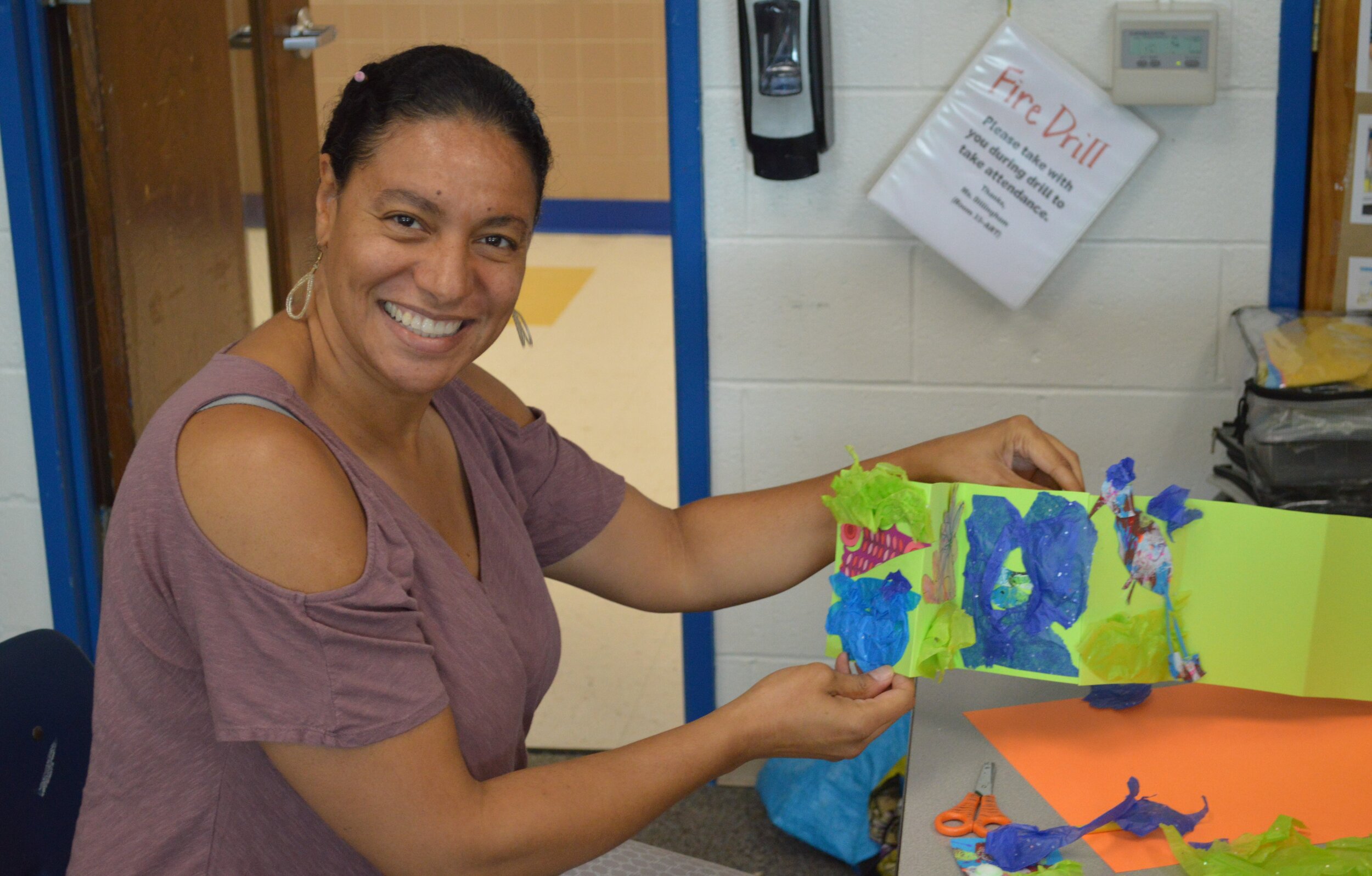
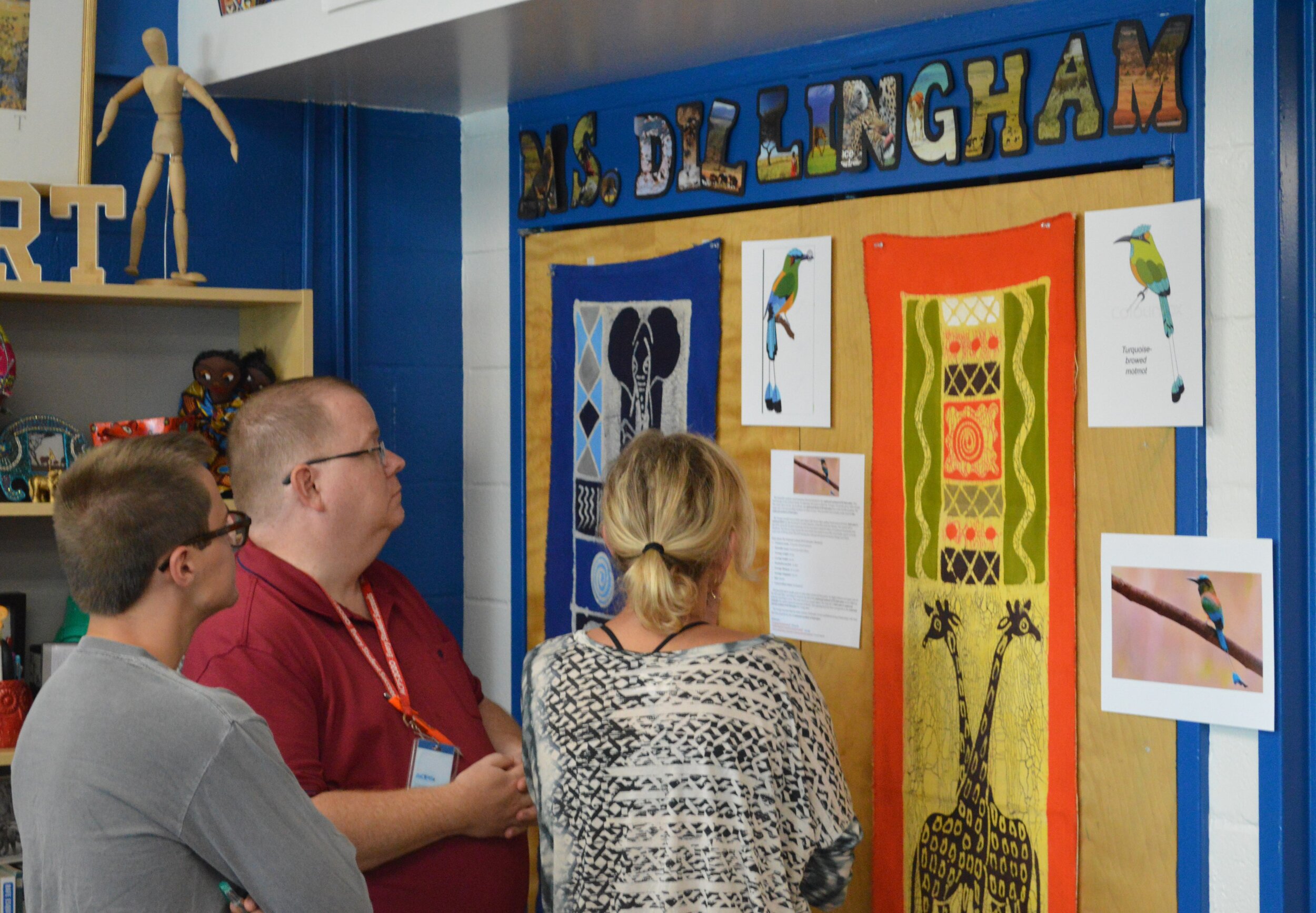
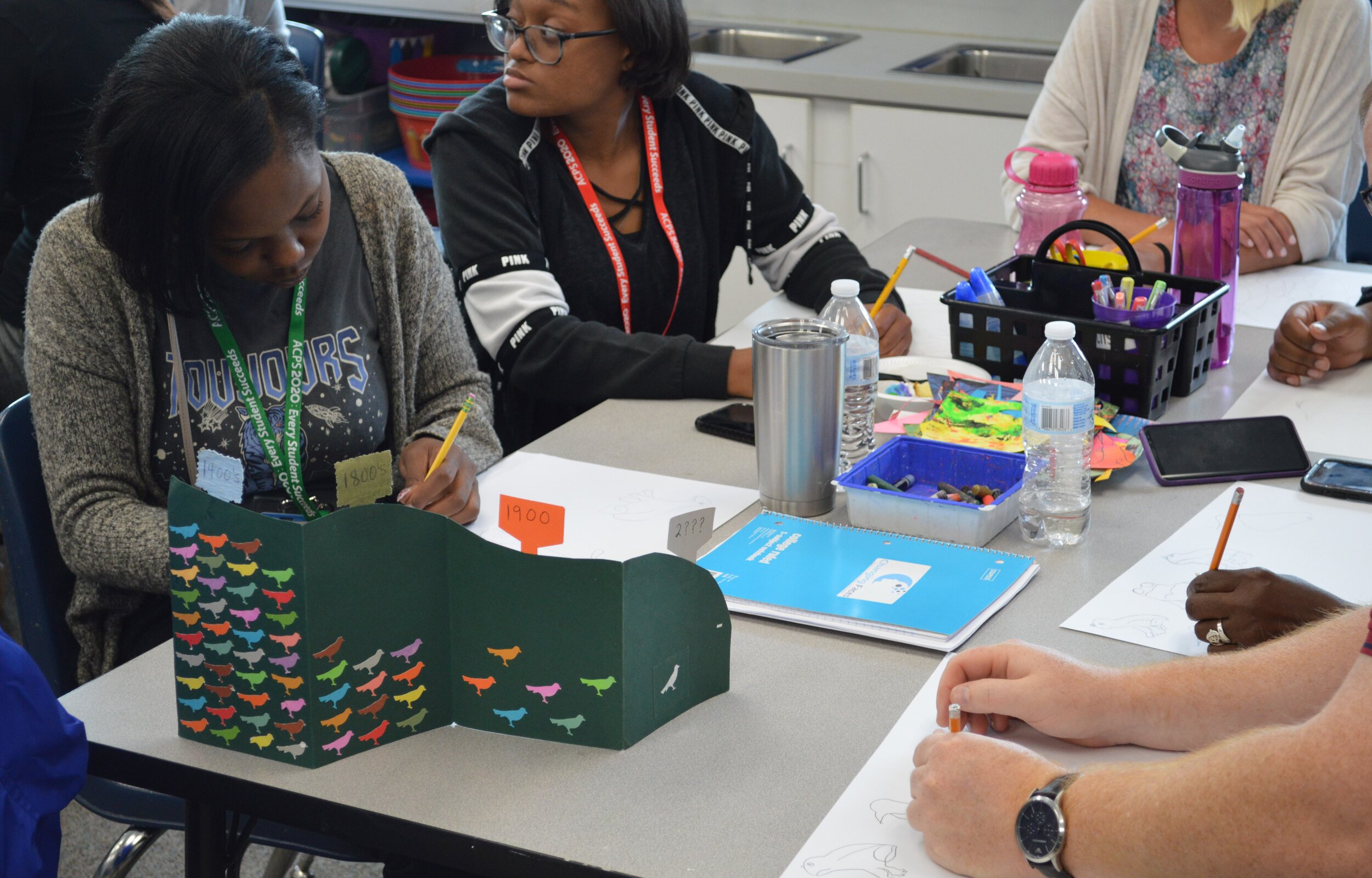
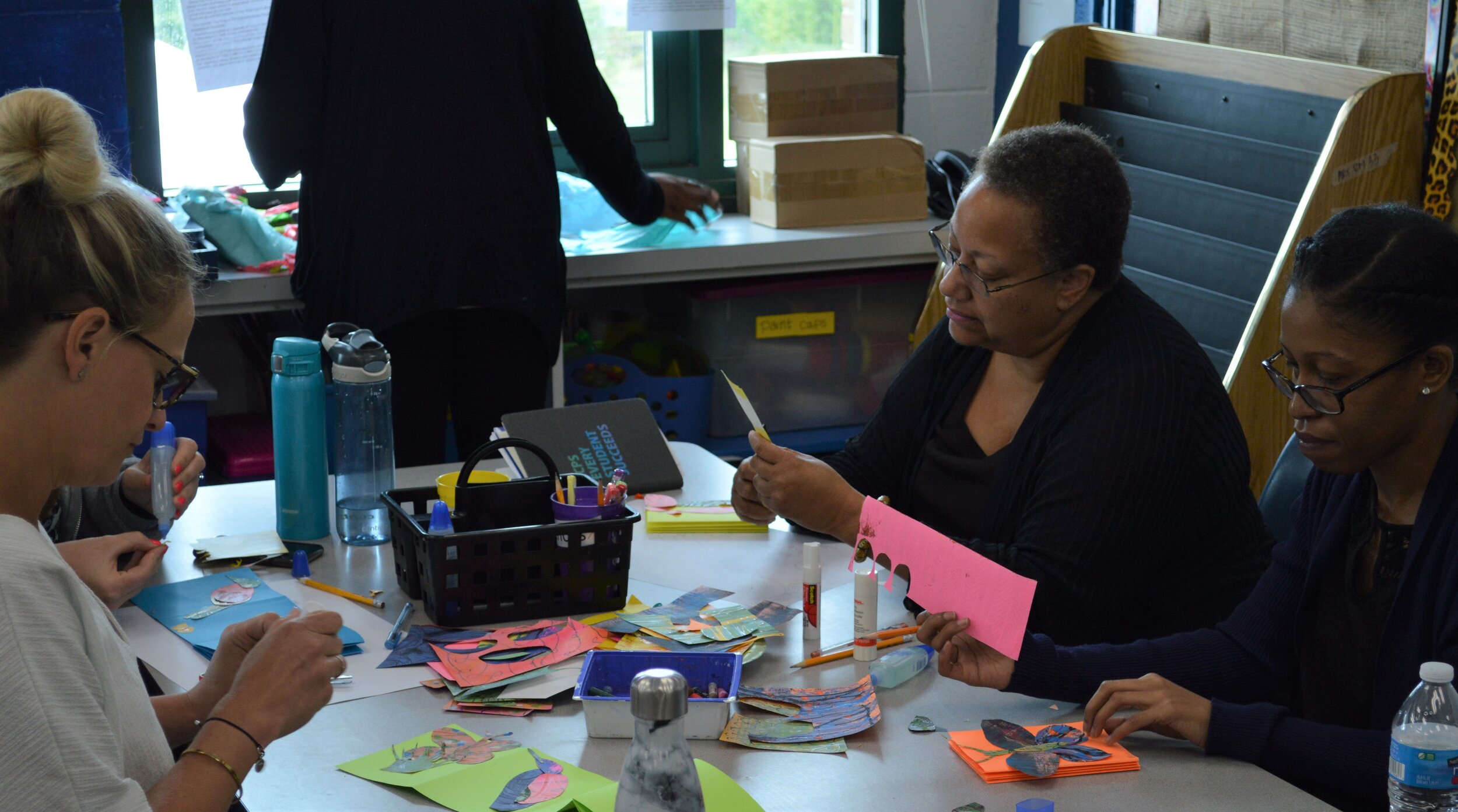
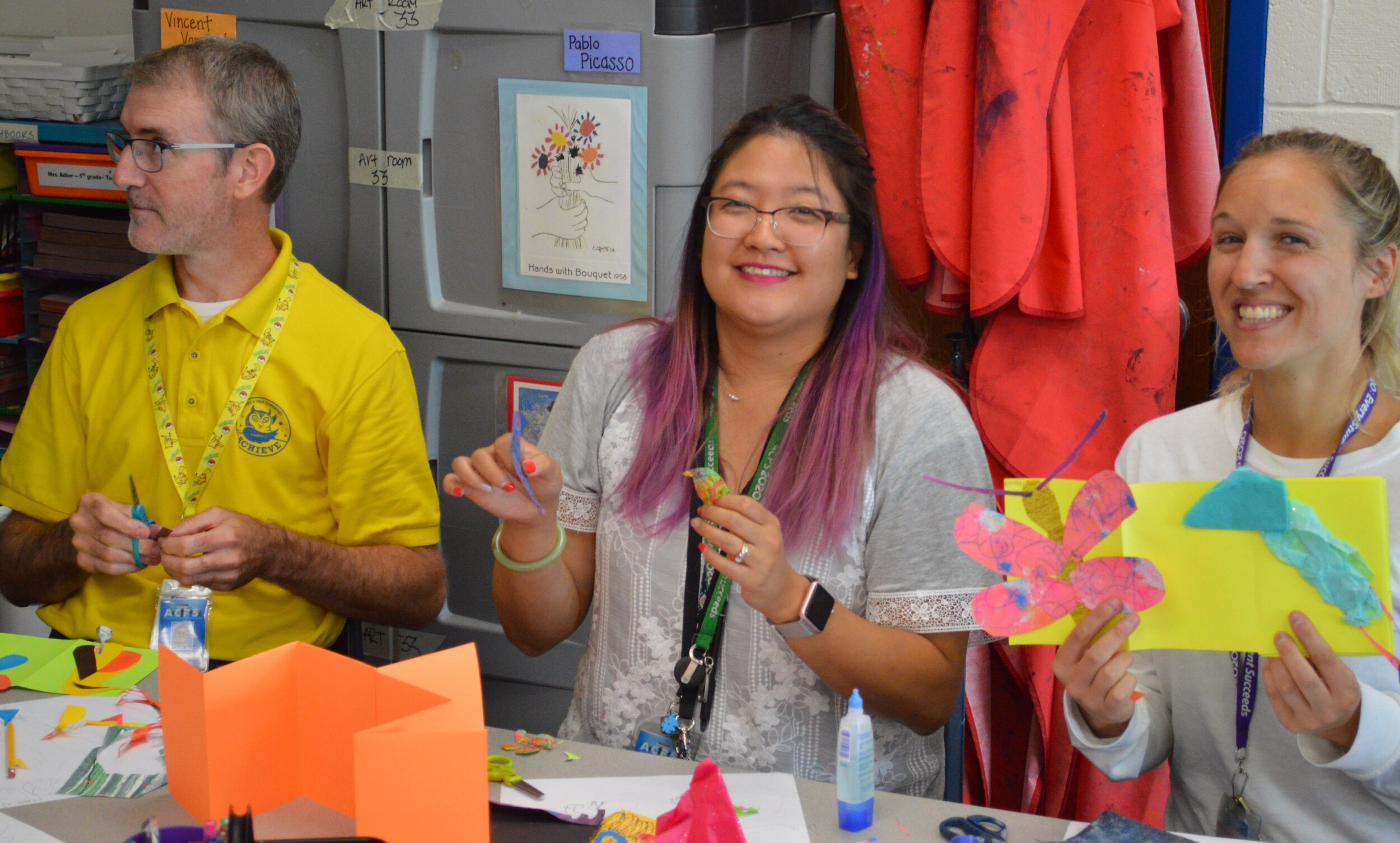
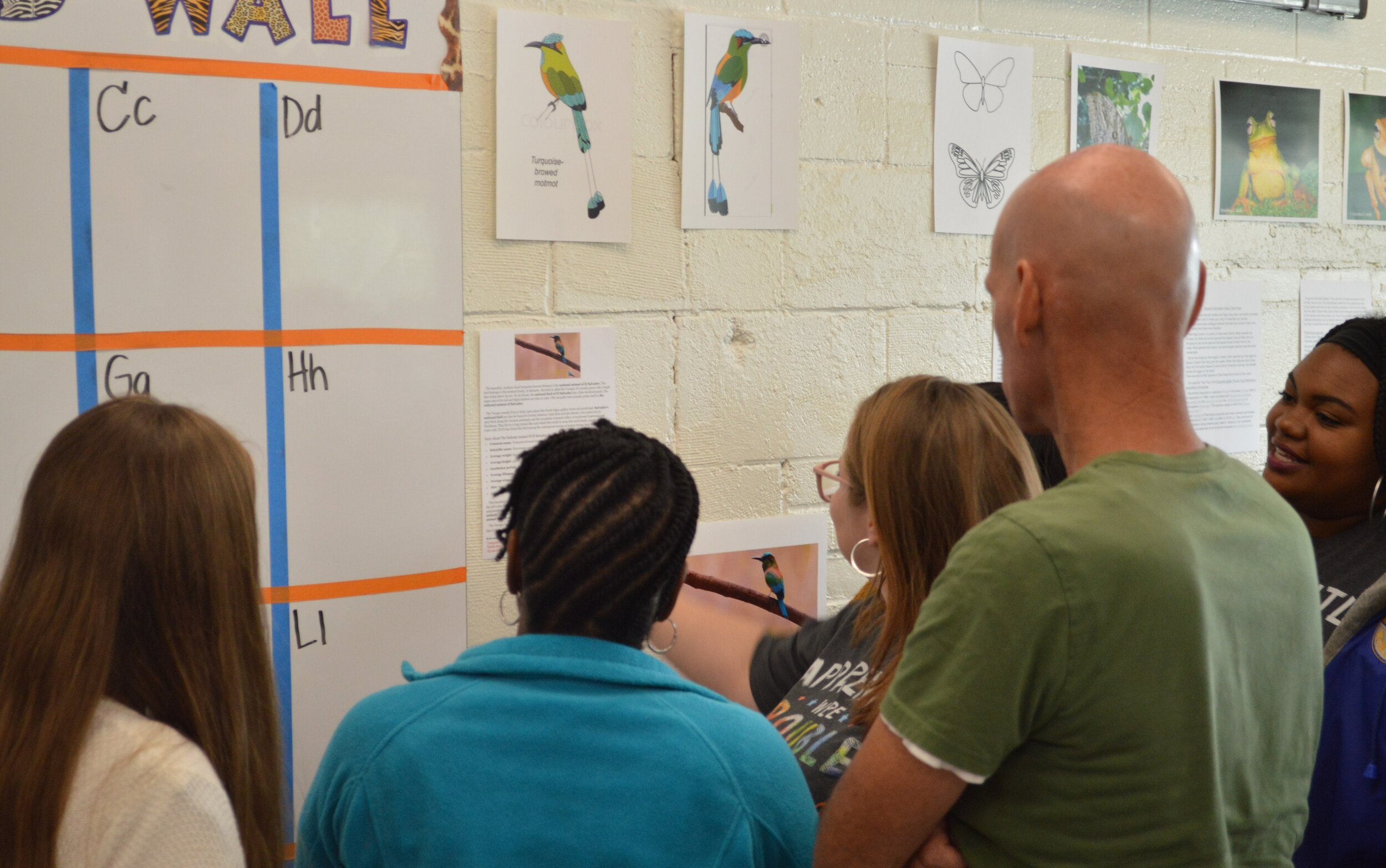
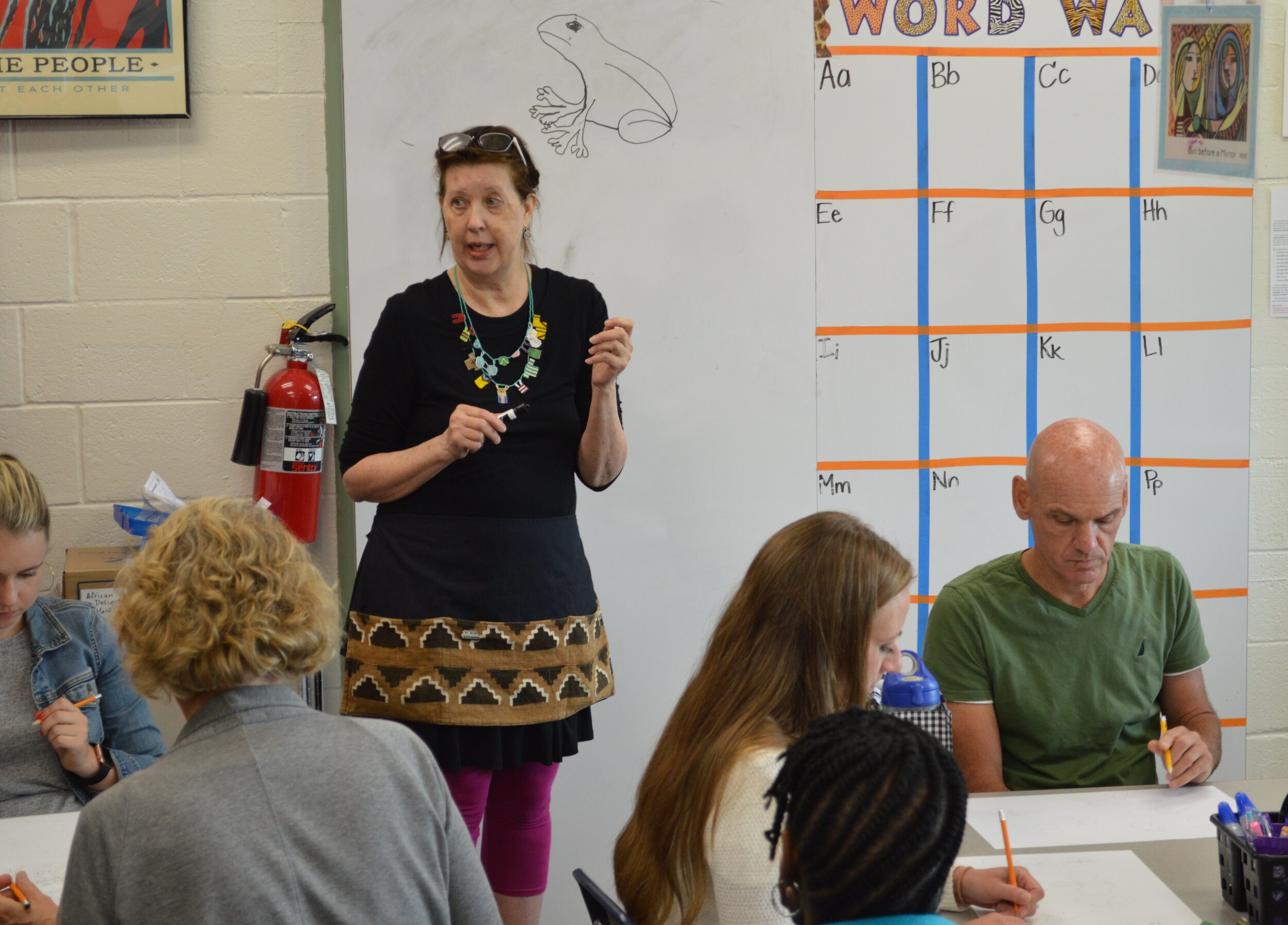
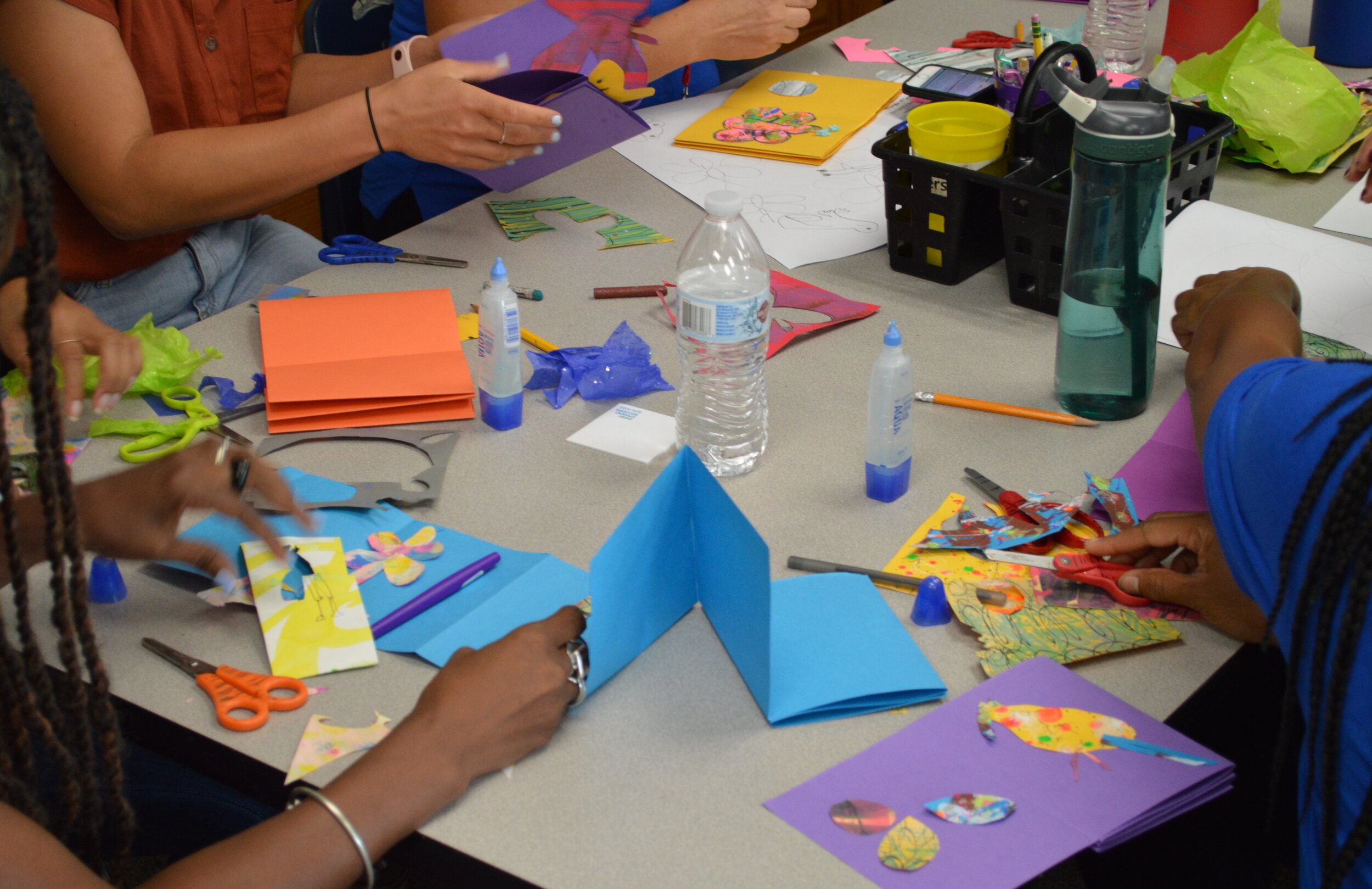
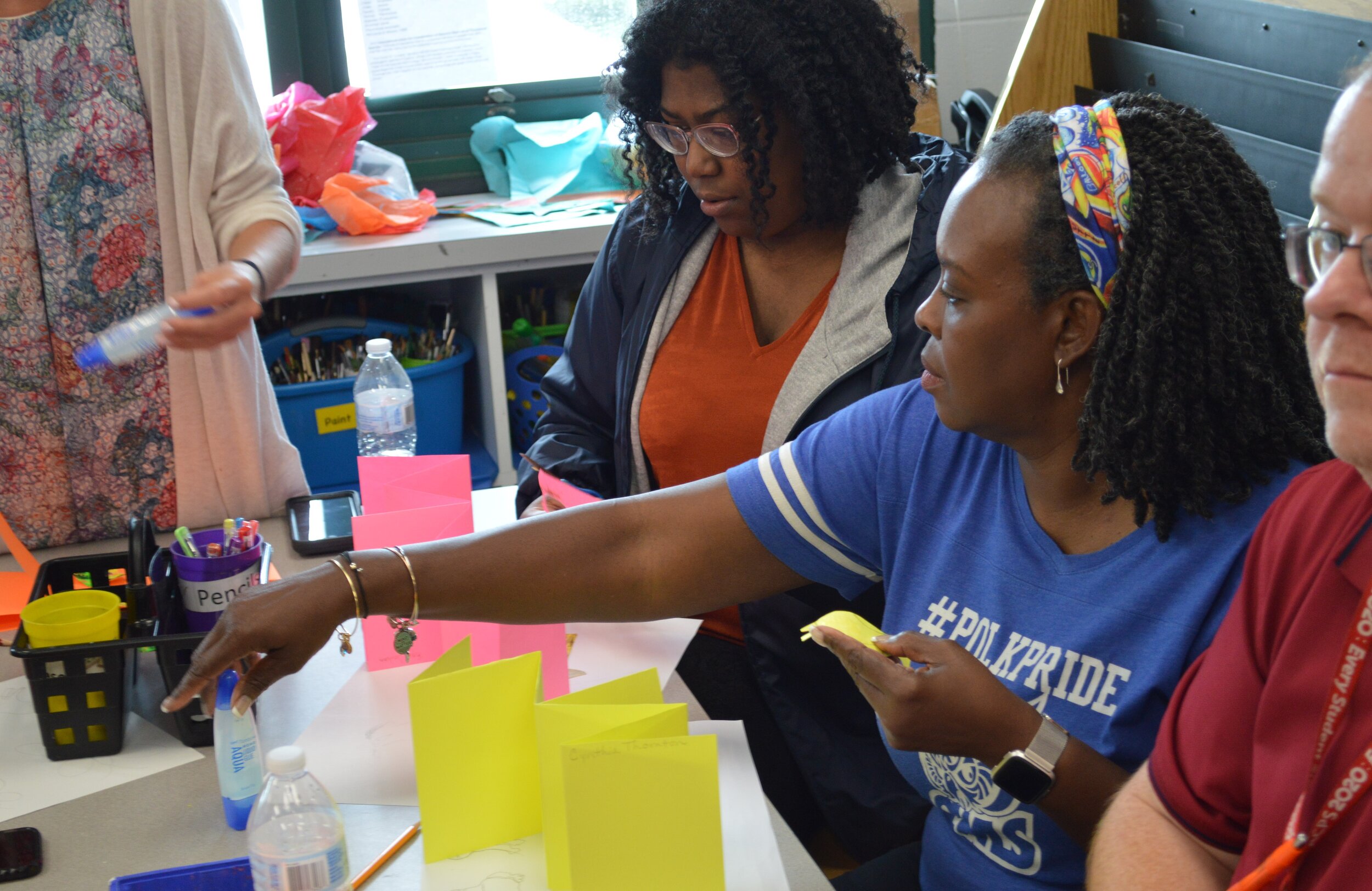
The description of this lesson was written by Cierra Kaler-Jones.

